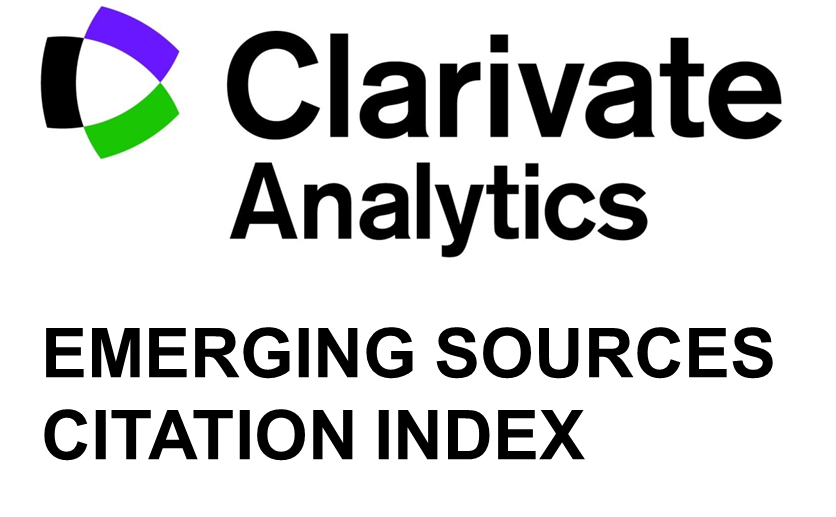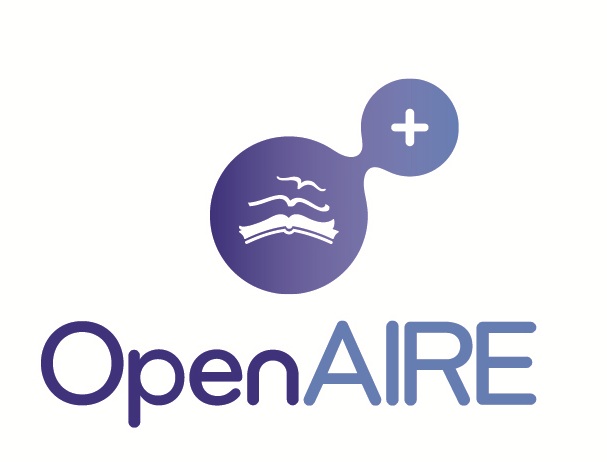Encapsulation of FBG Sensor into the PDMS and its Effect on Spectral and Temperature Characteristics
Jan Nedoma, Marcel Fajkus, Lukas Bednarek, Jaroslav Frnda, Jan Zavadil, Vladimir Vasinek
DOI: 10.15598/aeee.v14i4.1786
Abstract
Fiber Bragg Grating (FBG) is the most distributed type of fiber-optic sensors. FBGs are primarily sensitive to the effects of temperature and deformation. By employing different transformation techniques, it is possible to use FBG to monitor any physical quantity. To use them as parts of sensor applications, it is essential to encapsulate FBGs to achieve their maximum protection against external effects and damage. Another reason to encapsulate is increasing of sensitivity to the measured quantity. Polydimethylsiloxane (PDMS) encapsulation appears to be an interesting alternative due to convenient temperature and flexibility of the elastomer. This article describes an experimental proposal of FBG PDMS encapsulation process, also providing an analysis of the FBG spectral characteristics and temperature sensitivity, both influenced by high temperature and the process of polydimethylsiloxane curing itself. As for the PDMS type, Sylgard 184 was employed. Encapsulation consisted of several steps: allocation of FBG to PDMS in its liquid state, curing PDMS at the temperature of 80°C ± 5 %, and a 50-minute relaxation necessary to stabilize a Bragg wavelength. A broadband light source and an optical spectrum analyzer were both used to monitor the parameters during the processes of curing and relaxation. Presented results imply that such a method of encapsulation does not have any influence on the structure or functionality of the FBG. At the same time, a fourfold increase of temperature sensitivity was monitored when compared to a bare FBG.






















